Project 5.2: Building a response: Developing textile concepts
- Juliet
- Sep 15, 2019
- 3 min read
Updated: Sep 26, 2019
These textile developments relate to the drawings and mark making that captured the strong horizontal stitches that I observed captured in different ways. The horizontal lines that form the structure of the corrugated cardboard are built up with stitching in black linen thread and indigo-dyed cotton knitting yarn:
I isolated the 'crest' of the wave motif that I had previously printed, simplified it further and couched navy cotton cord to a batiked and painted background reminiscent of my earlier drawing:

Other batik textile developments focused on the waves and spirals:
As well as on shapes and colours that I observed in my collages. While adding coloured inks to the batik, it seeped through to the paper I was using to protect the table, and when it dried formed an interesting surface, which I have saved for future use:
In order to develop the textiles concepts further I felt I needed to go back and develop more responses to the archive item and my drawings of it. I see this as part of the cyclical approach that I am trying to develop and that inga Liksaite refers to:
All my work sprouts from previous work. I am constantly recalling old sketches and using them to develop some new quality. Textile Artist. Inga Liksaite: The language of line. https://www.textileartist.org/inga-liksaite-the-language-of-line, accessed 14 September 2019.
I looked online for video tutorials on simple monoprinting using materials that I already had at hand, trying to follow Inga Liksaite's approach of keeping materials and techniques simple and accessible.
I used whatever I could get easily, and the rest was creativity. Textile Artist. Inga Liksaite: The language of line. https://www.textileartist.org/inga-liksaite-the-language-of-line, accessed 14 September 2019.
I found this video and was inspired to try monoprinting with acrylics, using an improvised printing plate made from a sheet of cardboard (back of an old sketchbook) covered with aluminium foil, as I didn't have any of the freezer paper recommended in the (US) video:

Here the handstitching in white embroidery thread echoes the vertical lines of the corrugation that appeared on the print:
I also wanted to capture this motif in machine stitching, inspired by Inga Liksaite's use of lines of parallel stitching:

Machine stitched wave motif on navy linen. I think I could develop this further by painting or removing colour from the linen before stitching.

Other parts of the wave I captured in print, again using the spatula on the painted surface of the printing plate, in drawing with a thick black felt tip pens, in print with my string collatype print and in stitch, using indigo dyed cotton yarn, on a background of gold tissue paper with tracing paper overlaid:
I find the V-shaped puncture marks from the needle particularly interesting and unexpected and plan to examine this further and capture this in some way at a later date:

The wave motif also suggested some kind of knit interpretation, which I explored further in my sketchbook, and also used an online cross stitch pattern generator to produce a pattern from my monoprint:
Here I attempted to suggest the spiral motif by interpreting it into the way I twisted parts of the tissue paper. This in turn created an interesting network of triangles which I examined in my sketchbook and tried to interpret in stitch:
Twisting the tissue paper in this was it was possible to create a hemisphere (above left), which I wasn't necessarily expecting.




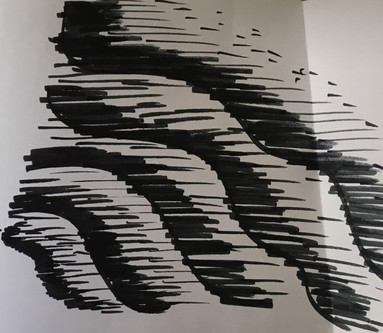














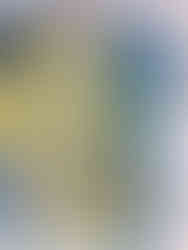



















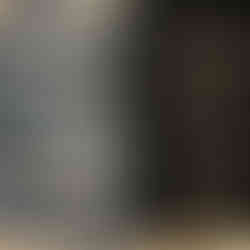





















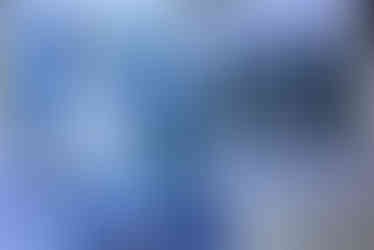
















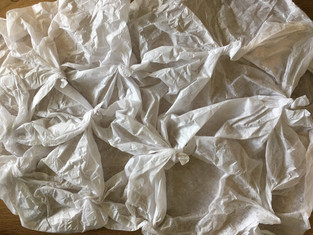








Comments